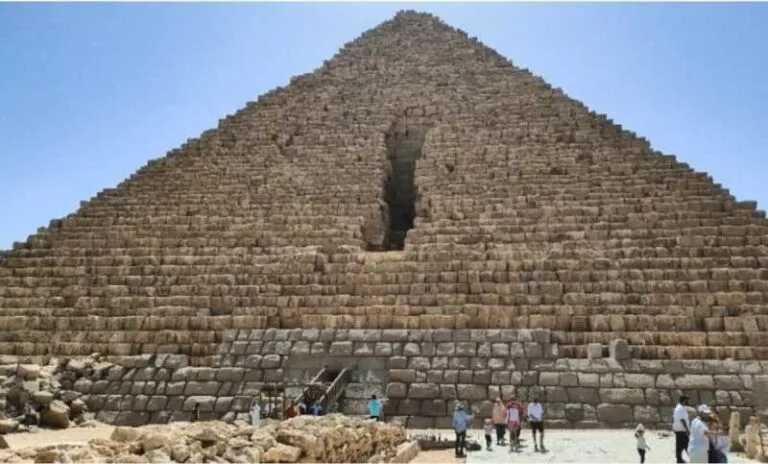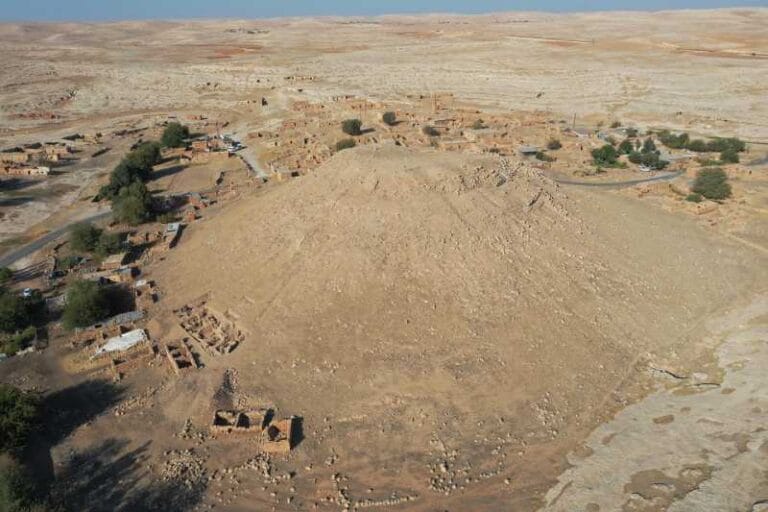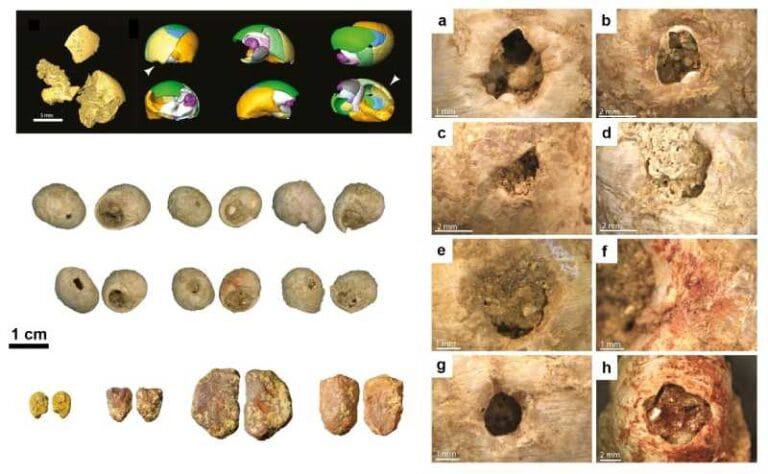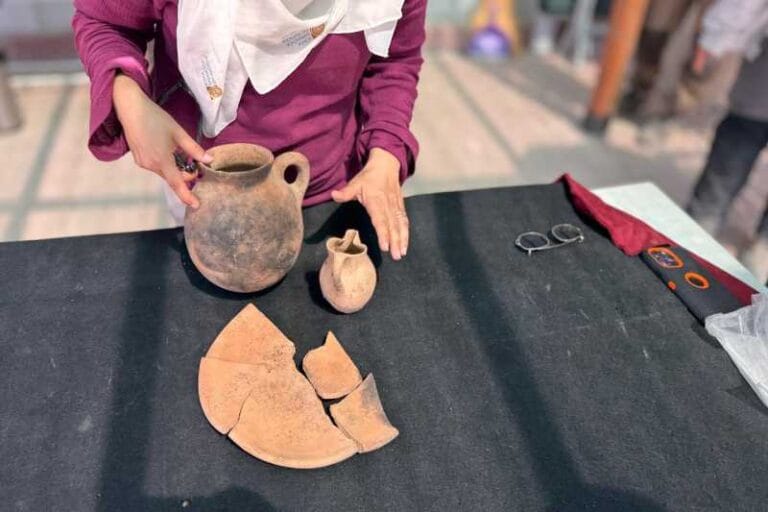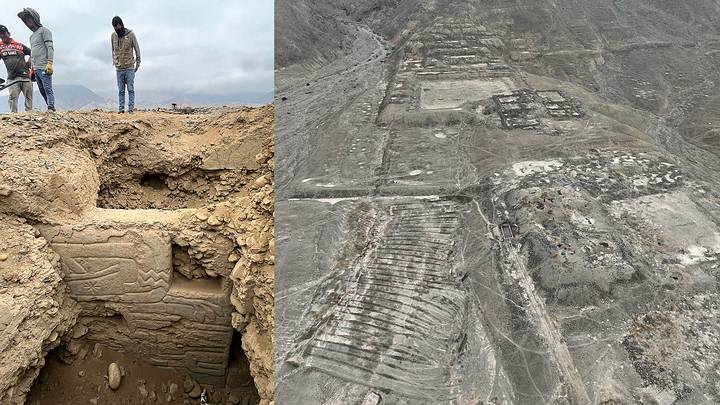Ancient sculpture revealed in Garibin Tepe, Türkiye

Archaeologists have excavated an approximately one-ton basalt statue dating to the Urartian period in the Tusba district of Van, Türkiye. The artifact has been relocated to the Van Museum, where it will undergo restoration and detailed analysis.
During rescue excavations conducted at Garibin Tepe in 2023, archaeologists uncovered a monumental statue—the first of its type identified in this region.
This significant discovery, measuring approximately 2 meters in length and 1 meter in width, was located at a historical site 30 kilometers from the city center and a mere 3 kilometers from Ayanis Castle.
The excavation, authorized by the Ministry of Culture and Tourism, is a collaborative effort between the Van Museum and Professor Mehmet Işıklı, a faculty member in the Department of Archaeology at Ataturk University.

The statue, which appears to have a fractured neck, is distinguished by its remarkable size and fine craftsmanship. Professor Işıklı conveyed his enthusiasm regarding the find, remarking, “This is a monumental three-dimensional statue that we have never encountered before. We are very excited, and after preliminary studies, we hope to gain more detailed information.”
Professor Işıklı emphasized the significance of the discovery, noting the scarcity of known sculptural artifacts from the Urartian civilization. “In Urartian archaeology, we have limited knowledge about sculptural works. There are only a few examples available for reference. This find provides us with a striking example of Urartian plastic arts,” he remarked.
He also referenced earlier discoveries in the region, including a lion statue unearthed during rescue excavations in 1995. This recent statue further enriches the understanding of Urartian artistic practices, providing valuable insights into their craftsmanship and aesthetic expressions.

A team from Ankara is set to conduct a detailed examination to clarify the statue’s precise symbolism and design.
“We have a solid block of stone here. It is very stylized and represents an impressive figure,” professor Isikli explained, adding: “Once it is restored, we will be able to learn more about its significance.”
The growing excitement surrounding Garibin Tepe reflects its increasing contribution to our understanding of Urartian culture, as each discovery unveils new insights into this ancient civilization.

“We are facing a monumental and three-dimensional statue for the first time. This is an exciting area that could yield more unique findings. We anticipate significant results from ongoing studies and look forward to discovering more about this enigmatic figure,” professor Isikli noted.
The discovery of the basalt statue at Garibin Tepe marks a significant addition to the Urartian heritage in Türkiye. As restoration and research progress at the Van Museum, archaeologists are hopeful that further analysis will illuminate the historical and cultural significance of this remarkable artifact.

